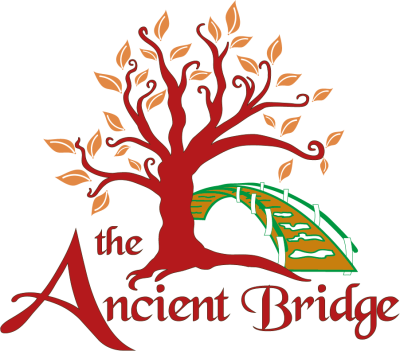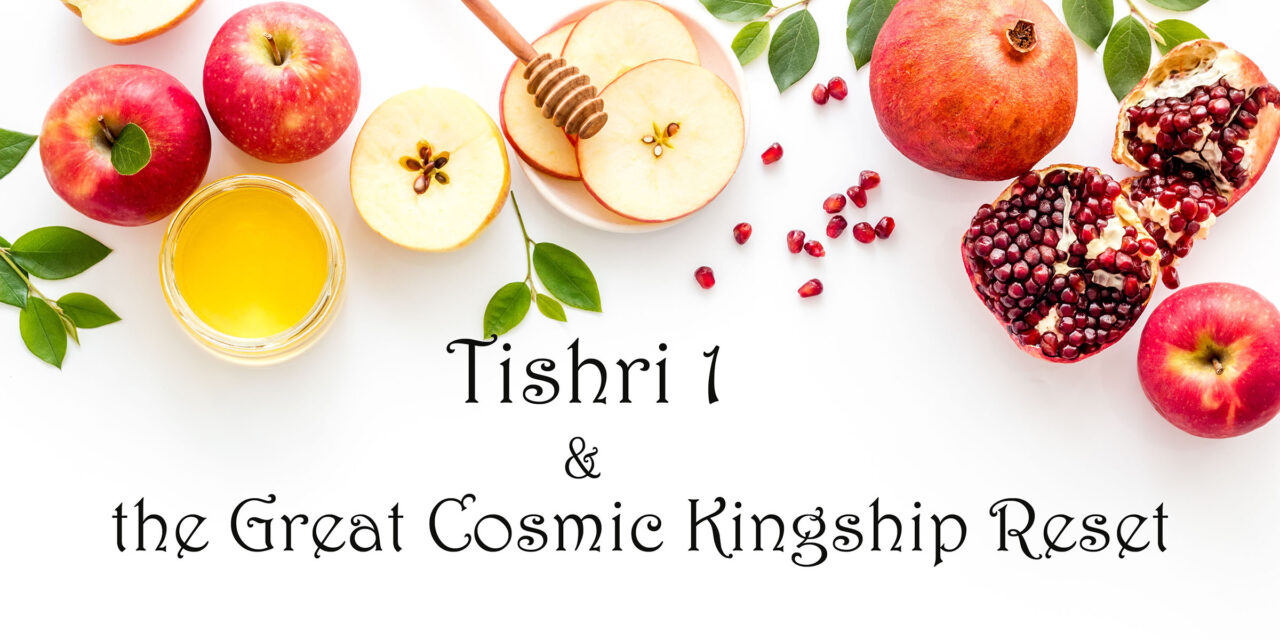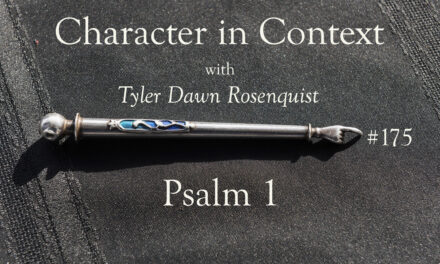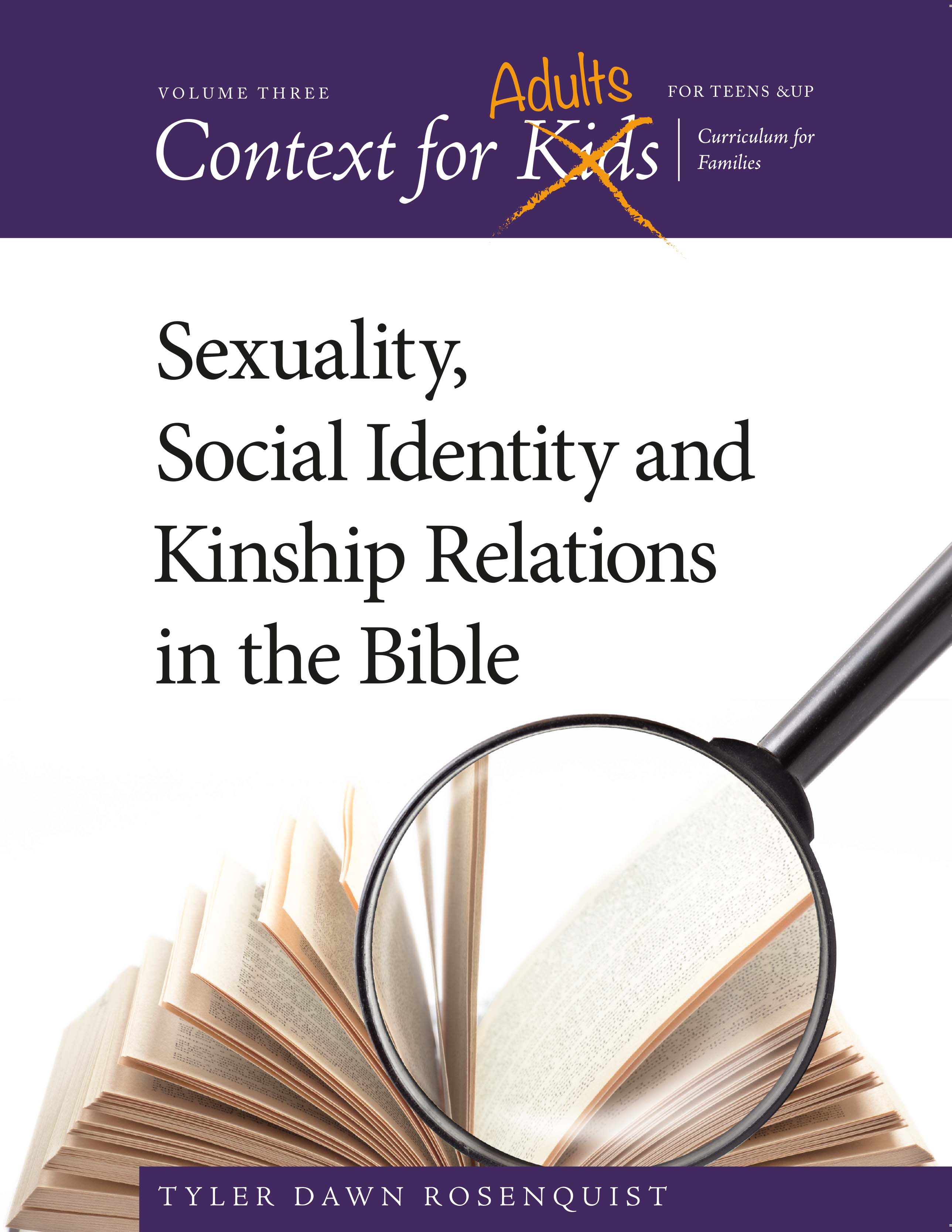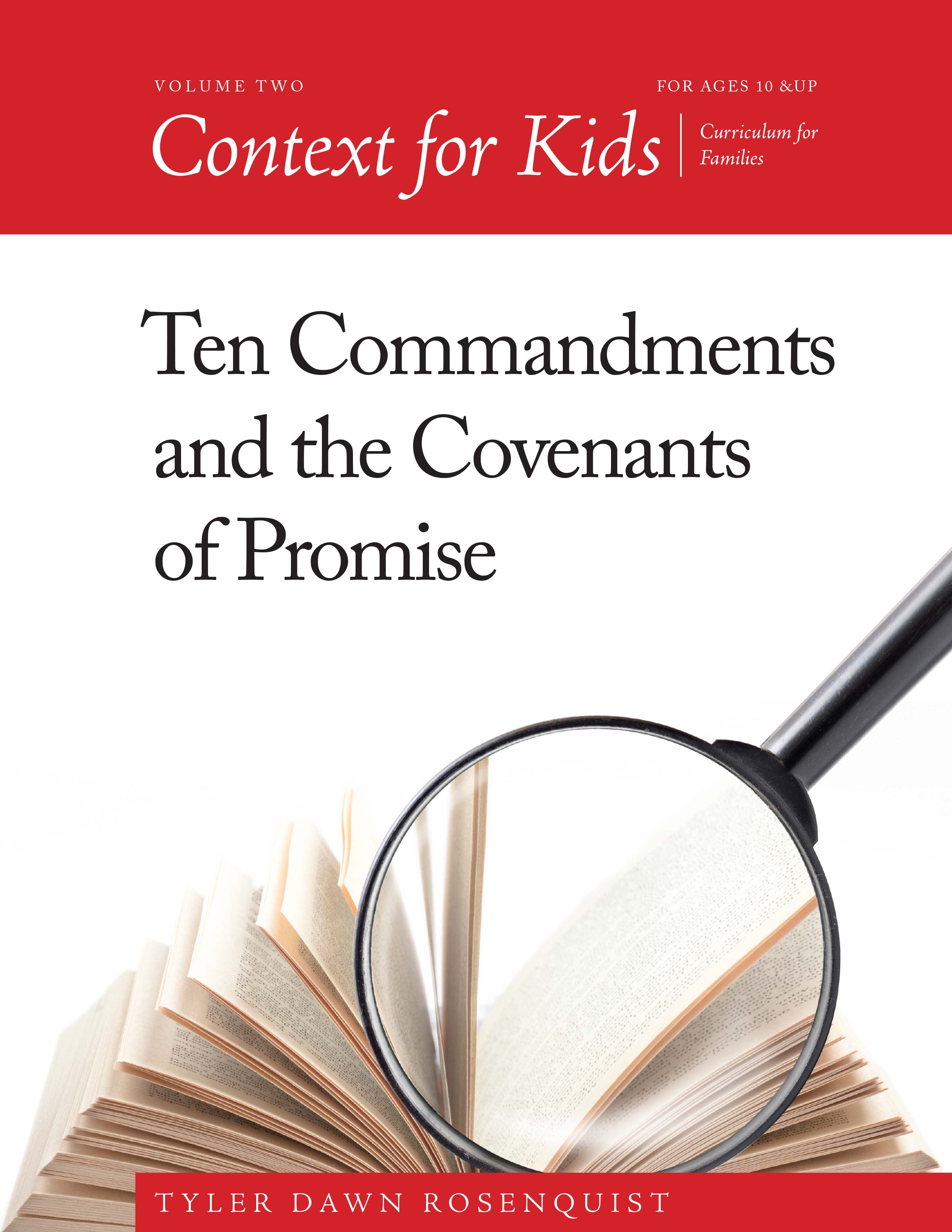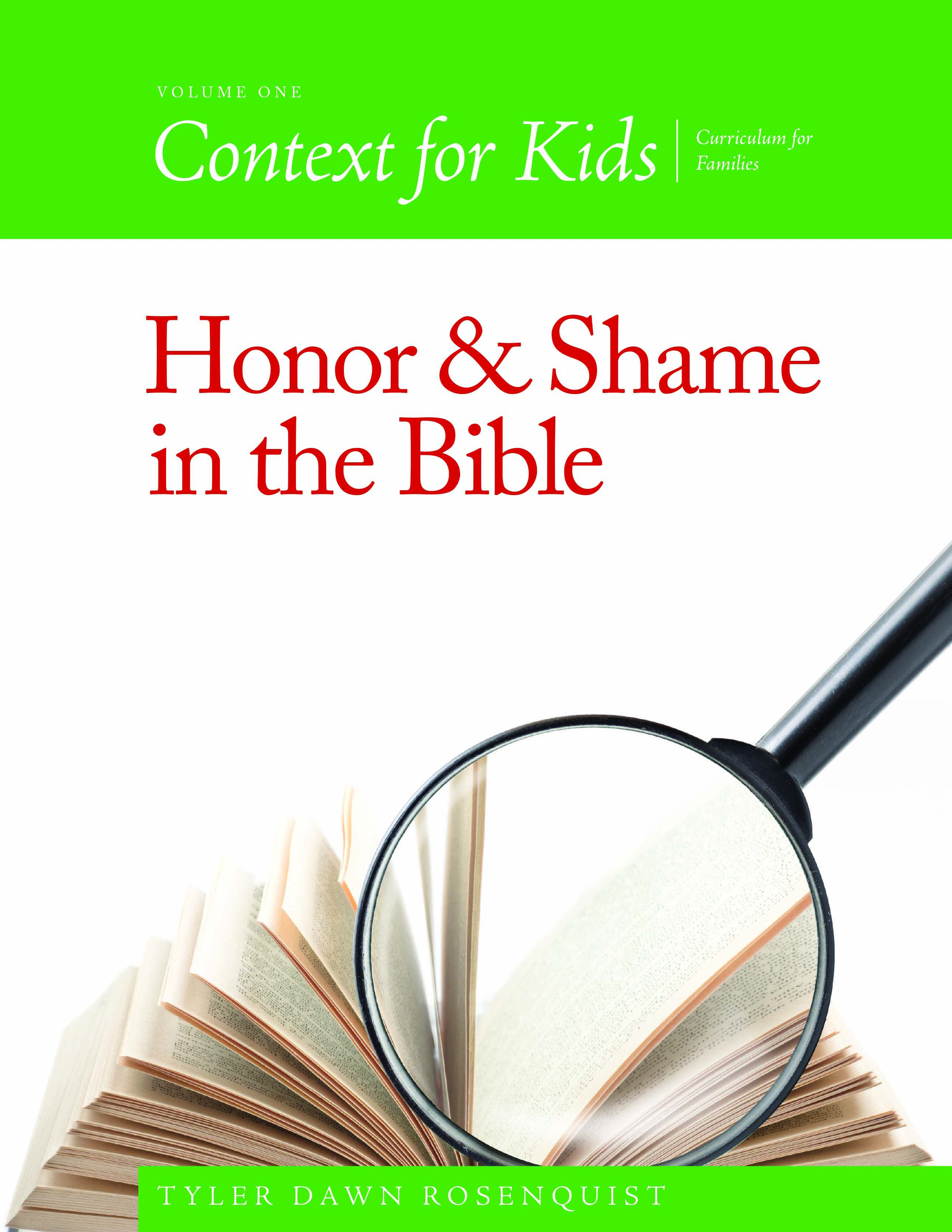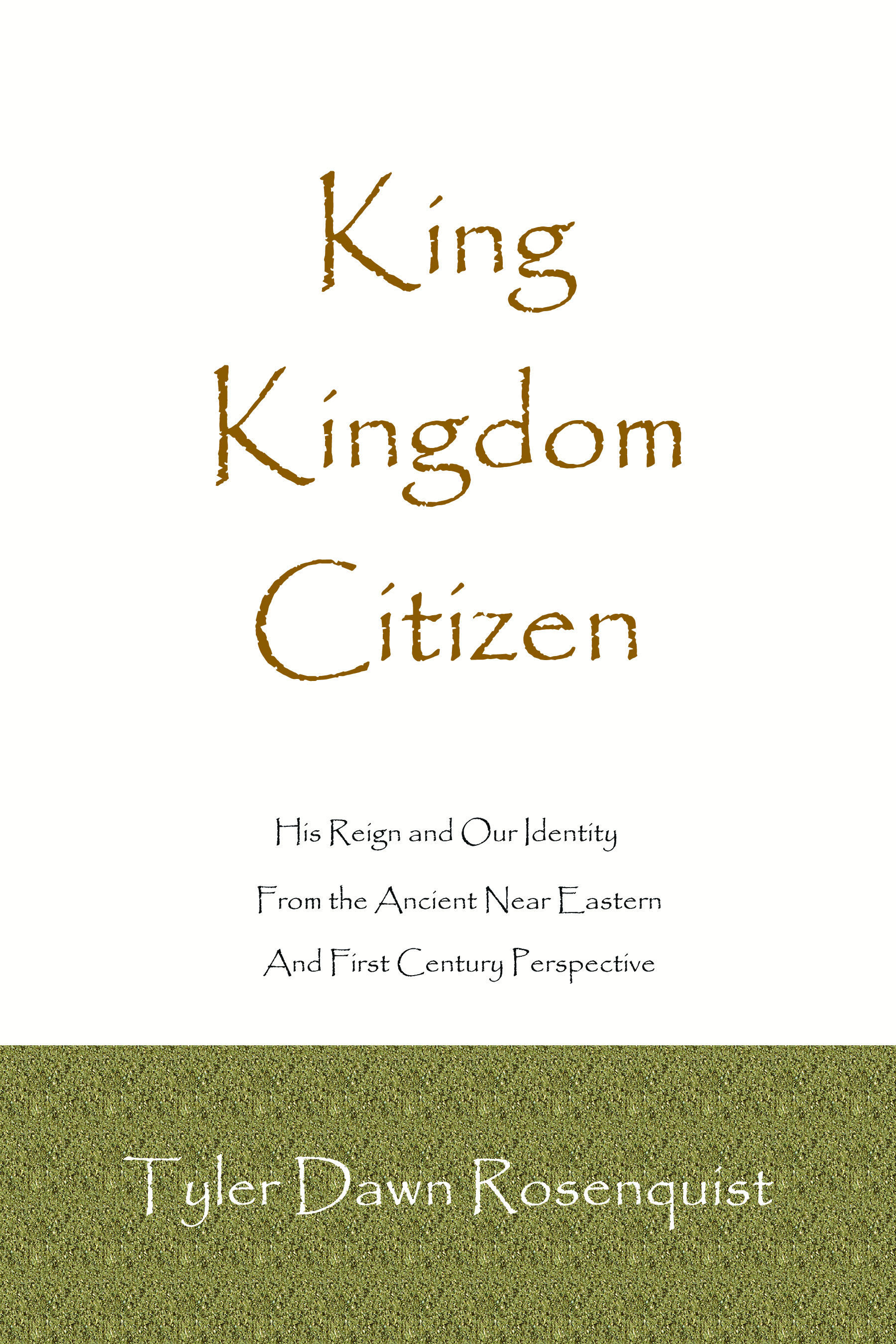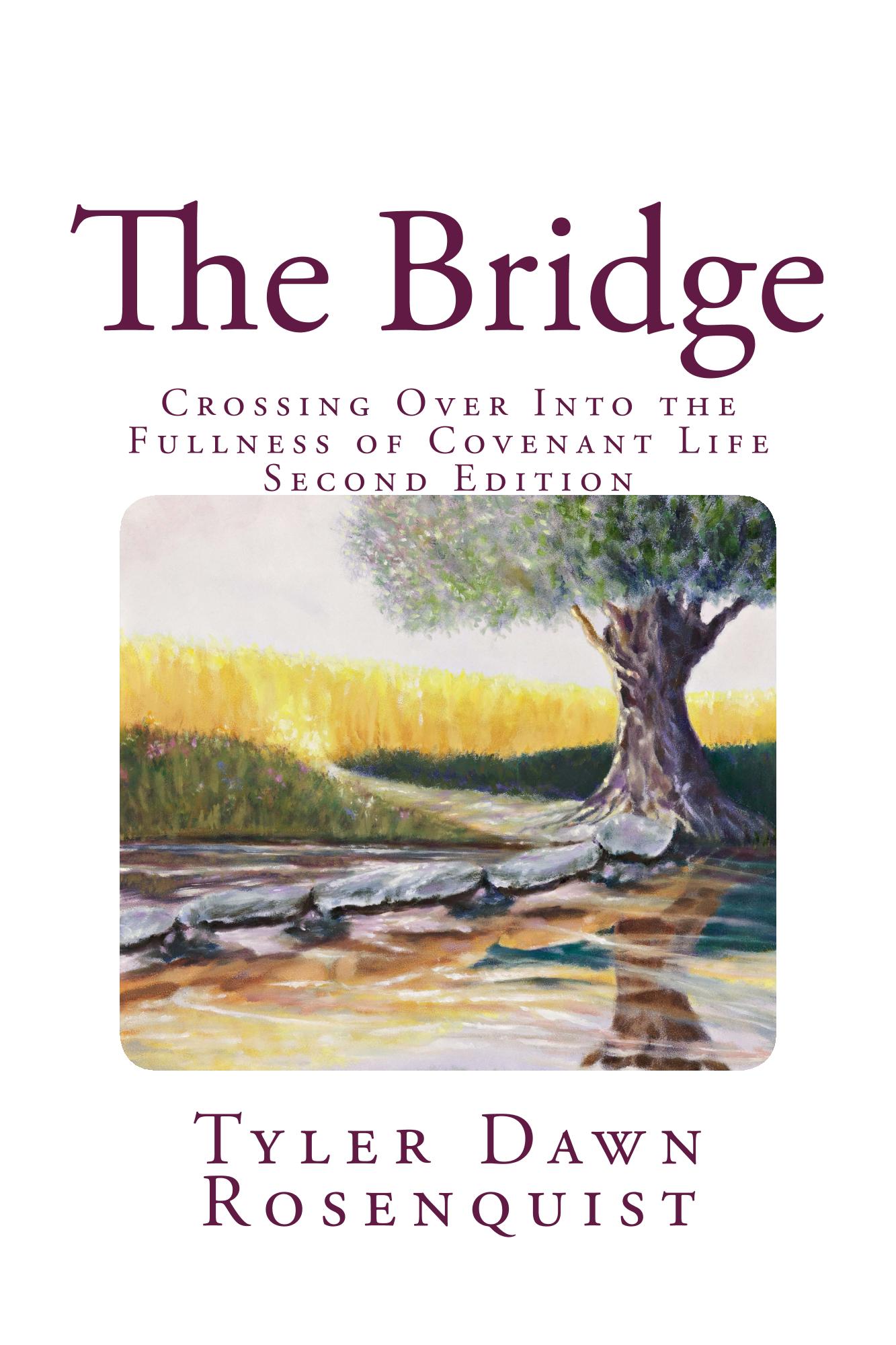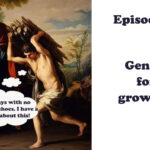Chag Sameach! Happy Rosh Hashanah/Yom Teruah/Feast of Trumpets! This is a series I did for an online conference back when I was younger and thinner and not hacking up a lung. Just kidding, my lungs are right where they belong but they aren’t happy about it. Since I am under the weather this year in a big way (I shouldn’t hug and kiss sick people but that’s why I get everything that comes through this house), I decided to pull this out of my online conference archives and publish it. Parts 2 and 3 about Yom Kippur and Sukkot coming soon! Video version here.
Welcome to the fall festivals! If this is your first year, then let me apologize in advance for all the drama people will want to unload on you about what they think is important when the Bible gives us very little to actually go on as far as how to celebrate and even what to call the first of them. Maybe you’ve even gotten caught up in the “red alert rapture” and end of the world predictions that happen every single year without fail and without fulfillment. But, rest assured, the people who made those predictions (like the guy who called for the destruction of America last year and admitted to heading up into the Appalachians to watch the destruction) will either pretend like it never happened or will find some way to spiritualize “what God said” in order to save themselves from admitting that they are false prophets. And they will wash, rinse and repeat next year, having learned nothing. And so they never deal with the fall out and people like me are left to talk folks down from the ledge.
In fact, I lived in the California Central Valley during the Harold Camping brouhaha where he convinced a ton of people that the rapture would happen back in 2011. Folks sold everything they had and gave the money away and drove around with huge back window stickers heralding the end of the world on their cars. They lost everything because they put their faith in a compelling preacher. I imagine that many even lost their faith entirely because they had placed it in a fortune teller instead of in the Messiah. So, this time of year can be particularly treacherous for new believers and for those who feel like they can know the future and therefore maintain some illusion of control and hey, that used to be me too. But Tishri 1 isn’t about any of that—nor is it about whether you call it Yom Teruah (which means the day of blowing, blasting, loud noise, etc specifically related to the sound of the shofar aka an animal horn) or Rosh Hashannah, meaning the “head of the year” because both are legitimate descriptions but neither are specifically named as are Yom Kippur and Sukkot. More about those in part two and three of this series.
Whereas Passover month marks the beginning of the festival years and the start of the months, the fall festivals mark the beginning of the new agricultural year, which is every bit as important when you are living in an agrarian culture. Tishri is the month when the harvest is in, land was returned to the original owners in the Jubilee, debt slaves were released, and things just flat out changed based on which of the seven years one just entered into. That all happens in Tishri and so it is, as the Bible calls it “the turn of the year” or the “end of the year” (Ex 23:16). Tishri is the great yearly agricultural reset where the year both begins and ends. As I go through this series, I will do a lot of explaining why this month was the most important of the year to those who were in need of rest and why the celebration really lasted most of an entire month both at home and in Jerusalem. As Aviv or Nisan represented the yearly celebration of their national reset—the Exodus—Tishri is the month of the Kingly decrees of release, provision, abundance, remission, manumission (the freeing of slaves), and rest. And I will explain all those as we come to them.
Tishri is the month when the King makes all things new again and the blasting of the shofar (teruah) marks the beginning of the new year (rosh hashannah). So the next time someone wants to argue about which one is right, you can assure them that both are correct but they are more correct together than separated.
If everything was about to change, in a good way, in your lives then it would be an appropriate time to herald the event. So, when the first sliver of the new moon was sighted (see Mishnah Tractate Rosh Hashannah beginning in chapter one), the witnesses were gathered at the Temple and they were quizzed as to what they saw and when by the priests, who then would verify the testimony and call for the blowing of the shofar from the Temple Mount to inform all that the new year had arrived and that the day was a High Sabbath of no work except cooking up a celebration feast at home. This wasn’t a festival day spent in Jerusalem unless you lived very close by—no one was required to be there until the first day of the eight day festival of Sukkot.
There are theories—ones that I used to teach as fact—about coronations being held on this day but the evidence isn’t as rock solid as I once believed. That’s the importance of looking at modern scholarship and not just stuff that is seventy years old. We do learn more and more all the time through archaeology and such and old theories can be overturned and old facts can be thrown into doubt. Given that the Bible itself doesn’t make this plain, it comes as a firm “maybe” and not as a hard fact.
What I can tell you is that the claim that the first of Tishri, being a day that cannot be entirely known beforehand due to the need to sight a moon phase, is somehow what Yeshua/Jesus was referring to when He talked about the day and hour that no one knows but the Father (Matt 24:36, Mark 13:32, Luke 12:46) is pure conjecture. There is no record either in or outside the Bible making that claim in any ancient text. Not the first testament or the second testament, not in the Dead Sea Scrolls, in the apocryphal or pseudepigraphic or extra-Biblical wisdom literature, not in the church fathers, Philo, Josephus or in the Talmud. Anyone who presents it as though it is proven and obvious or “everyone knew it was referring to that” are doing so without a shred of proof. I used to do that and I cannot apologize enough—it was back when I wrongly thought I could believe people who said they had proof when they had none. It can be argued, but that’s all. We must be honest about there being absolutely no primary evidence of the claim.
But frankly, we don’t need that day to be the date of Yeshua’s return as King (and who knows, maybe it will be) to have this day be incredibly important on a cosmic level—meaning that it effects the world both in the seen on this side of the “veil” and also on the other side of the veil that we cannot see but is only visible to God, angels, and demons. The two realities are entirely connected even if it is only obvious to them and not to us.
Jewish wisdom says that this is the day that the books are opened and all people are subject to judgment that will occur over the ten days between Tishri 1 and Yom Kippur, when people’s fates for the next year are sealed. If that is true then boy howdy, that is a matter of great cosmic significance and all the world hangs in the balance every year during these ten days, called the “days of awe.” Not to be confused with the bringing of a new baby, kitten, or puppy into the house, which is called, the “days of awwww” and lasts a lot longer than ten days.
What we do know is that the month of Tishri marks the end of the ingathering of the harvest and the beginning of the planting season. The Gezer calendar, found in 1908, written in either paleo-Hebrew or Phoenician and dated to around the tenth century BCE, lays out the agricultural calendar and translates roughly as:
Two months gathering (Tishri, Cheshvan)—September/October—Beginning of the Agricultural and Civil year and the three fall festivals
Two months planting (Kislev, Tevet)—November/December–Hannukah
Two months late sowing (Shvat, Adar)—January/February—New Year for trees–Purim
One month cutting flax (Nisan)—March–Passover
One month reaping barley (Iyar)—April–Counting of the Omer
One month reaping and measuring grain (Sivan)—May–Shavuot/Pentecost
Two months pruning (Tammuz, Av)—June/July—Tisha B’Av—dry summer months of “weeping for Tammuz”
One month summer fruit (Elul)—August—forty days of Repentance ending with Yom Kippur
Abij [ah] (the scribe who wrote this)
For a culture who lived and died according to the agricultural success of the year, I cannot emphasize enough how important the month of Tishri was for the nation. This was the time when all the hard work either resulted in success or failure and their storage rooms were either full or they weren’t. It was a time of relief and celebration and as the Land was their inheritance from God, all the credit went to Him—or should have. But the land of Canaan was home to many other gods, or so they believed. When it didn’t rain, they sometimes cried out to Ba’al the storm god, or to the shepherd god Tammuz to return from where he was imprisoned in the underworld by his wife Ishtar for half the year, or to Dagon the grain god. It is easy to casually worship Yahweh when things are going well, but as we saw in the Exodus account, a little hardship and/or uncertainty has people crying out to the regional gods of the land or building golden calves. Sometimes Yahweh would test them with a bad harvest to see where their hearts truly were and sometimes the bad harvests were a reflection of their covenant unfaithfulness. Really it was no different than how Yahweh tested them in the wilderness in order to get them to learn to trust Him and cry out to Him instead of complaining to Moses. The truth is that we hate not being in control and will generally do anything to circumvent the need to simply trust Him. This hasn’t really changed!
But if the nation was doing well, and they were being blessed with abundant harvests and were crediting God for it, then Tishri was the day that the shofar would be blown a hundred times (this is my job in the family because I am the one who learned how to make the darned thing sound like it wasn’t just rhino flatulence) and the new year was ushered in and the harvest and the goodness of the Land were celebrated. This was the day that the King was celebrated for His faithfulness, provision, and abundance. It was Yahweh’s day, truly, when He alone got the credit and the people were able to begin to solemnly prepare their hearts for the next Great Cosmic Reset of Yom Kippur.
